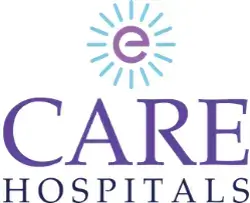-
Doctors
-
Specialities & Treatments
Centre of Excellence
Specialties
Treatments and Procedures
Hospitals & Directions HyderabadCARE Hospitals, Banjara Hills CARE Outpatient Centre, Banjara Hills CARE Hospitals, HITEC City CARE Hospitals, Nampally Gurunanak CARE Hospitals, Musheerabad CARE Hospitals Outpatient Centre, HITEC City CARE Hospitals, Malakpet
HyderabadCARE Hospitals, Banjara Hills CARE Outpatient Centre, Banjara Hills CARE Hospitals, HITEC City CARE Hospitals, Nampally Gurunanak CARE Hospitals, Musheerabad CARE Hospitals Outpatient Centre, HITEC City CARE Hospitals, Malakpet Raipur
Raipur
 Bhubaneswar
Bhubaneswar Visakhapatnam
Visakhapatnam
 Nagpur
Nagpur
 Indore
Indore
 Chh. Sambhajinagar
Chh. SambhajinagarClinics & Medical Centers
Book an AppointmentContact Us
Online Lab Reports
Book an Appointment
Consult Super-Specialist Doctors at CARE Hospitals

Reconstruction of Middle and External Ear Structures
Reconstruction of Middle and External Ear Structures
Ear Reconstruction ( Tympanoplasty ) Surgery in Hyderabad, India
Abnormal ear development may result from trauma or disease. While some anomalousness may require no intervention and may correct itself on its own (for example, caused by abnormal positioning inside the uterus), some abnormalities may need to be corrected surgically as such structural abnormalities may be hindering normal lifestyle in a person. Non-surgical treatments of the ear, such as an ear mold, is generally employed after the birth of an infant as at that stage the ear cartilage is soft and moldable. Non-surgical external ear molding is considered necessary for congenital ear deformities with a functional hearing impairment.
External ear reconstruction surgery involves various degrees of surgical repair and may be performed to correct the congenital absence of an ear, other medical conditions such as microtia and anotia, and to correct a deformed external ear caused due to trauma or injury. Middle ear reconstruction surgery is performed for chronic otitis media (COM), which can be divided into non-cholesteatomatous ears and the cholesteatomatous ears. The non-cholesteatoma ears are more suitable for reconstructive middle ear surgery (tympanic reconstruction). Basically, tympanic reconstruction consists of repair of the tympanic membrane defect or myringoplasty and repair of the ossicular defect or ossiculoplasty.
Otoplasty is a cosmetic surgery performed mostly for aesthetic reasons but is generally reconstructive in nature. Tympanoplasty is another surgical procedure for repairing and reconstructing the middle ear (tympanic membrane) to help restore normal hearing in a patient. This procedure may also involve repair or reconstruction of the tiny bones behind the tympanic membrane (eardrums) if required. Both the middle ear bones and the eardrum are needed to function together to aid in normal hearing in humans.
At CARE Hospitals, our multidisciplinary team of ENT and cosmetic surgery specialists offer comprehensive medical diagnosis and treatment using state-of-the-art machines equipped with the latest technology and follow international standards of protocols to provide postoperative end-to-end care for patients with regular follow-ups and proper guide to complete recovery of specific and general health conditions.
Which conditions of the ear require surgery?
External ear
A tympanoplasty of the external ear is recommended in the following cases:
-
Torn eardrum (perforated),
-
Sunken eardrum (atelectatic),
-
Anomalies of eardrum causing hearing loss.
Abnormalities of the eardrum and middle ear bones can occur through injury, chronic otitis media, congenital deformities, or chronic ear conditions such as cholesteatoma.
Middle ear
There may be several conditions that require otoplasty of the tympanic membrane of the middle ear, especially congenital anomalies. Some of the medical conditions requiring otoplasty are enumerated as follows:
-
Prominent or protruding ear: Prominent ears a congenital abnormality in which the ears tend to project away from the head without causing a functional deficit. This condition may have formed at birth due to inadequately formed antihelix, an overdeveloped or excessively deep concha, or a combination of these conditions. An otoplasty in such a case may be done for aesthetic reasons.
-
Microtia: Microtia is defined as an incompletely formed ear deformity that is usually associated with congenital aural atresia. This may occur as a single disorder, as a part of the hemifacial microsomia complex, or as a part of some congenital complex.
-
Anotia: Anotia is the complete absence of the external ear and auditory canal. This may be considered a severe form of microtia.
-
Trauma or neoplasm: Trauma to ear may result from injuries or accidents. Unavoidable sun exposure of the helical rim of the ear contributes to the development of skin neoplasm and removal with precise margin control may be recommended. Reconstruction is often necessary to improve physical appearance and function.
-
Cochlear implant: Sensorineural hearing loss may occur as a result of a congenital defect, disease, or trauma of the inner ear and may result in hearing loss which when becomes profound, a hearing aid may not be an effective treatment approach. A cochlear implant may help maximize the hearing ability for patients.
What are the treatments available?
Surgical repair is generally performed for cosmetic purposes as well as for functional reasons. For repair and reconstruction of external ear deformities, tympanoplasty may be performed, and for middle ear abnormality reconstruction or repair, otoplasty may be performed. Both surgical procedures are performed by well-trained, board-certified ENT specialist surgeons and cosmetic surgeons.
Treatments
Both tympanoplasty and otoplasty are performed under general anesthesia administered by our highly experienced anaesthesiologists alongside our ENT surgeons and cosmetic surgeons.
- Tympanoplasty: A surgical incision is made behind the ear, moving the ear forward which exposes the eardrum. The eardrum is lifted up to be able to examine the middle ear carefully. In case there is a hole in the eardrum, it can be cleaned and the abnormal area may be cut away. Skin grafting may be done at the place of the hole in the eardrum to be able to create a new intact eardrum across the hole. If required, reconstruction of middle ear bones may also be done along with this procedure or cholesteatoma removal may be performed at this time.
- Otoplasty: The goal of otoplasty is to reconstruct an ear that is normal in appearance and restoration of function. In otoplasty, an incision may be made behind the ear to remove one or more components. This may include the removal of scarred, deformed tissue and the implantation of costal cartilage. The gold standard for treating microtia and anotia deformities is autologous rib cartilage grafting.
- Recovery: These surgeries usually require an overnight stay at the hospital and the patient may be closely monitored by doctors. Ear Drops may be prescribed post-discharge. Follow-up appointments may be recommended to ensure proper recovery, and check up the site of operation to promote faster healing and improve progress towards the new appearance.
Risks
Ear reconstruction, like any major surgical procedure, comes with inherent risks, including the potential for bleeding, infection, and adverse reactions to anesthesia.
Additional risks associated with ear reconstruction comprise:
- Scarring: While the scars resulting from the surgery are permanent, they are often concealed behind the ear or within ear creases.
- Scar Contraction: Surgical scars have the potential to contract and tighten during the healing process. This contraction may lead to changes in the shape of the ear or damage to the skin surrounding the ear.
- Skin Breakdown: The skin utilized to cover the ear framework may break down post-surgery, exposing the implant or cartilage beneath. In such cases, additional surgery may be necessary.
- Damage at the Skin Graft Site: If skin is harvested from another part of the body to create a flap for covering the ear framework (known as a skin graft), scars may develop at the donor site. For instance, if skin is sourced from the scalp, there may be a risk of hair not regrowing in that area.
What to Expect
Ear reconstruction is typically performed in a hospital or outpatient surgical clinic, often under general anesthesia to ensure the patient is in a sleep-like state and feels no pain during the surgery.
During the Procedure:
Reconstruction with rib cartilage- Various approaches exist for ear reconstruction surgery. One common method is autologous reconstruction, particularly for children with congenital ear conditions. This procedure, usually performed between ages 6 and 10, involves 2 to 4 surgeries. The steps include:
- Harvesting cartilage from the ribs to create a framework resembling an ear.
- Placing the framework under the skin at the ear site.
- Elevating the ear away from the head.
- Shaping skin from another part of the body (such as the scalp, other ear, groin, or collarbone) over the ear framework to achieve a natural appearance.
Reconstruction with an implant- Another approach involves reconstruction using a medical implant for the ear framework, avoiding the use of rib cartilage. In this procedure, the surgeon anchors the implant at the ear site, covering it with a skin flap on the side of the head. The skin from another body part is used to cover the new ear. Typically, reconstruction with an implant requires only one surgery, and children as young as 3 may be eligible for this option.
Placement of an artificial ear- For cases where ear tissue is severely damaged (e.g., burns), a large part of the ear is missing due to cancer surgery, or other reconstruction attempts have failed, the placement of an artificial ear may be considered. This involves removing the remaining part of the ear and surgically anchoring a prosthesis into the bone at the ear site. This approach is more commonly used in adults than in children.
After the procedure
Recovery following ear reconstruction varies depending on the type of surgery undergone. Some procedures may necessitate a hospital stay, while others permit the patient to return home on the same day.
After the surgery, you may experience:
- Pain
- Swelling
- Bleeding
- Itching
Follow the prescribed pain management plan provided by your healthcare provider. If pain persists or worsens with medication, promptly contact your healthcare provider.
Consult with a member of your healthcare team for instructions on caring for your ear post-surgery. You might be required to wear a covering over your ear for several days.
Avoid sleeping on the side where the ear reconstruction occurred and refrain from rubbing or applying pressure to the ear. Consider wearing button-down shirts or those with loose-fitting collars.
Discuss with your healthcare provider when you can resume your daily activities, including bathing and physical exertion. Close supervision is crucial for young children who undergo ear reconstruction, as rough play or strenuous activity could pose a risk to the healing ear.
Ongoing follow-up care is essential after ear reconstruction. Consult with your healthcare provider about the necessary post-surgery appointments.
Results
Full healing after ear reconstruction may take as long as three months. If you are dissatisfied with the outcomes, consider discussing the option of additional surgery with your surgeon to enhance the appearance of your ear.
Our Doctors
-
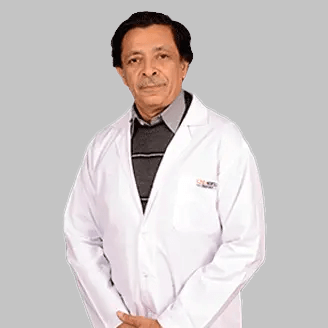
Dr. Shailendra Ohri
MBBS, MS (ENT)
ENT
View More -
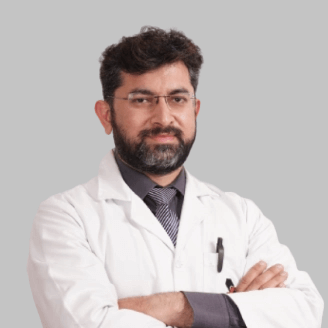
Dr. Rishi Ajay Khanna
MBBS, MS (ENT Head & Neck Surgery)
ENT
View More -

Dr. Manish Porwal
MBBS, MS, MCH
Cardiac Surgery
View More -

Dr. A. V. Venugopal
MBBS, MD, DM (Nephrology)
Nephrology, Renal Transplant
View More -

Dr. Ajay Parashar
MS, MCh (Urology)
Renal Transplant, Urology
View More -

Dr. Ajit Kumar Shadani
MBBS, MD (General Medicine)
General Medicine/Internal Medicine
View More -

Dr. Ashok Panda
MBBS, MD (Medicine), DM (Nephrology)
Nephrology, Renal Transplant
View More -

Dr. Bibekananda Panda
MBBS, MD, DNB (Nephrology)
Nephrology, Renal Transplant
View More -

Dr. Chaitanya Pentapati
MBBS, MS (OTO, RHINO - LARYNGOLOGY)
ENT
View More -

Dr. Debabrata Panigrahi
MBBS, MS (E.N.T)
ENT
View More -

Dr. G Rama Subramanyam
MBBS, MS, MCh (Cardiothoracic Surgery)
Cardiac Surgery
View More -
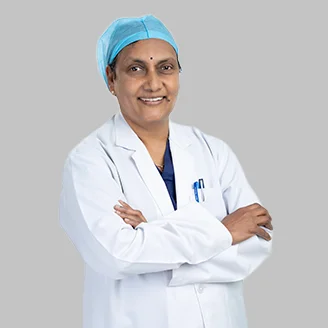
Dr. G. Usha Rani
MS, MCh
Cardiac Surgery
View More -
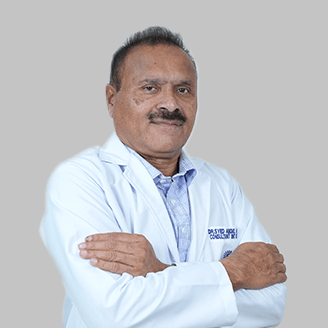
Dr. Hakeem
MBBS, DLO
ENT
View More -

Dr. J.AL.Ranganath
MBBS, MD, DM (Nephrology)
Nephrology, Renal Transplant
View More -

Dr. Jyoti Mohan Tosh
MBBS, MS (General Surgery), Mch (Urology)
Renal Transplant, Urology
View More -

Dr. M Sanjeeva Rao
MBBS, MS, MCh (AIIMS)
Cardiac Surgery
View More -

Dr. M. A. Amjad Khan
MBBS, MS (ENT, Head & Neck Surgeon)
ENT
View More -
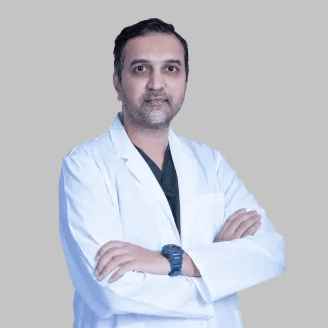
Dr. MD Kareemullah Khan
MBBS, MS (ENT), MRCS (England)
ENT
View More -
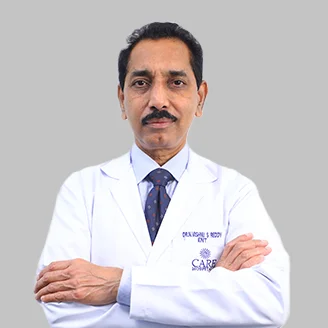
Dr. N Vishnu Swaroop Reddy
MBBS, MS ( E.N.T.), FRCS (Edinburgh), FRCS (Ireland), DLORCS (England)
ENT
View More -
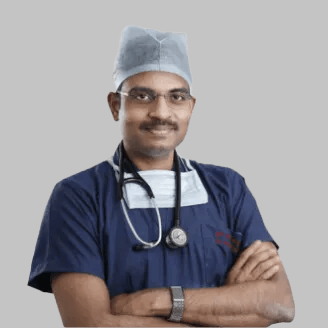
Dr. P Vamsi Krishna
MBBS, MS, MCh
Renal Transplant, Urology
View More -

Dr. Pradip Saruk
MBBS, MD, DM Nephrology
Nephrology, Renal Transplant
View More -
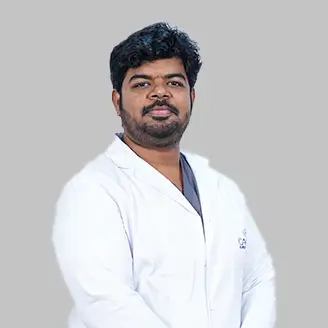
Dr. Prateek Raj Betham
MBBS, MS (ENT), FHNSO
ENT
View More -

Dr. Prawash Chaudhary
MBBS, MD (Medicine), DNB (Nephrology)
Nephrology, Renal Transplant
View More -

Dr. Ram Sunder Sagar
MBBS, DLO
ENT
View More -

Dr. Ramesh Rohiwal
MBBS, MS (ENT), PGDHHCM
ENT
View More -
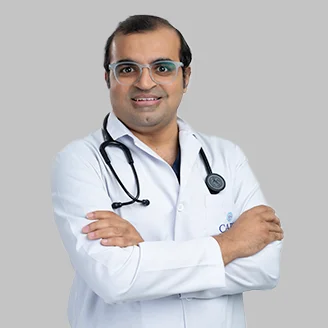
Dr. Ramiz Panjwani
MBBS, MD, DM
Nephrology, Renal Transplant
View More -

Dr. Ranbeer Singh
MBBS, DLO (DNB)
ENT
View More -
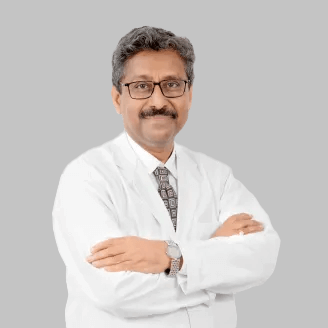
Dr. Ratan Jha
MBBS, DM, DNB, MD, DTCD (Gold Medallist), FISN
Nephrology, Renal Transplant
View More -

Dr. Sanjeev Anant Kale
MBBS, MD, DM, DNB, SGPGIMS
Nephrology, Renal Transplant
View More -

Dr. Shruthi Reddy
MBBS, DNB (ENT)
ENT
View More -

Dr. Sucharita Chakraborty
MBBS, MD (General Medicine), DM (Nephrology)
Nephrology, Renal Transplant
View More -
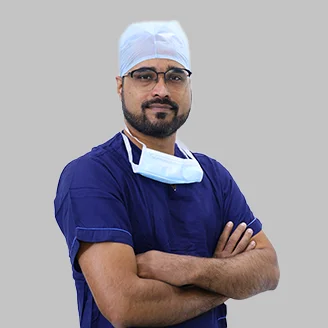
Dr. Sumanta Kumar Mishra
MBBS, M.S (General Surgery), M.CH (Urology, CMC, Vellore), DNB (Genito-Urinary Surgery)
Renal Transplant, Urology
View More -

Dr. Surbhi Chopra
MBBS, MS
ENT
View More -
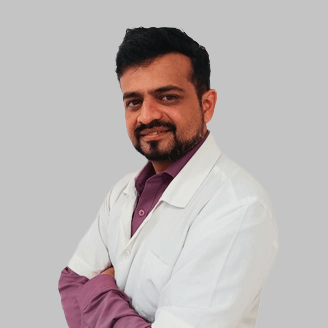
Dr. Vikrant Vaze
MD - Physician, DNB - ENT
ENT
View More
Frequently Asked Questions
Still Have a Question?
